|
Imagining Cutumba photographs and film by Laurence Salzmann |
|
Imagining Cutumba is a wonderful short video that captures the spirit behind the marvelous stage presence of Cuban folkloric ensemble El Ballet Folklórico Cutumba. Cutumba visited Philadelphia in November, 2002, and this video is a tantalizing sampler of Cuban music and dance that whets the appetite for a full, live Cutumba performance. 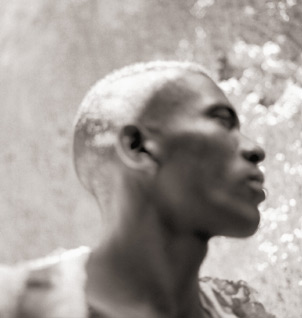
Award winning photographer Laurence Salzmann shot the video during one of several visits to the city of Santiago de Cuba. Santiago, shown picturesquely nestling in the mountains of eastern Cuba, has its own distinctive traditions, many of which reveal the influence of earlier generations of Haitian immigrants. Cutumba is the premier folkloric ensemble of the region, and brings to the stage Cuban-and especially Afro-Cuban and Haitian-song, dance, rhythm, and festival. Salzmann focuses on Cutumba's rehearsal process, interspersing cuts in which company members ruminate on what their work means to them. The viewer comes away intrigued by the glimpses of dances such as the "caballito" or "little horse" dance of Santiago's late-July Carnival and the plantation-slavery-era Tumba Francesa on which the video ends. By the end, we understand why the dancer who opens the video defines Cutumba as fiesta and tradición. 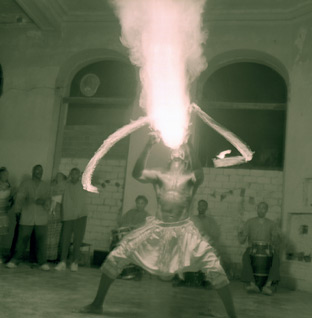
Imagining Cutumba is a wonderful short video that captures the spirit behind the marvelous stage presence of Cuban folkloric ensemble El Ballet Folklórico Cutumba. Award winning photographer Laurence Salzmann shot the video during one of several visits to the city of Santiago de Cuba. Santiago, shown picturesquely nestling in the mountains of eastern Cuba, has its own distinctive traditions, many of which reveal the influence of earlier generations of Haitian immigrants. Salzmann focuses on Cutumba's rehearsal process, interspersing cuts in which company members ruminate on what their work means to them. In one sequence, an older singer teaches a traditional son to her niece, a principal dancer. In others, Cutumba members describe what the word Cutumba means, and more importantly, what it conjures up. The viewer comes away intrigued by the glimpses of dances such as the "caballito" or "little horse" dance of Santiago's late-July Carnival and the plantation-slavery-era Tumba Francesa on which the video ends. By the end, we understand why the dancer who opens the video defines Cutumba as fiesta and tradición. |
|
|
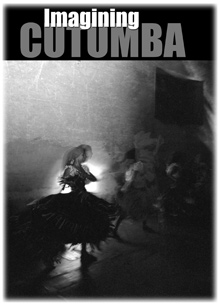
|
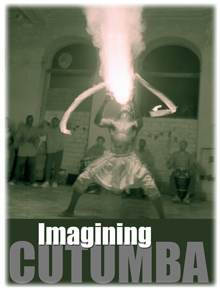
|
|
|
|
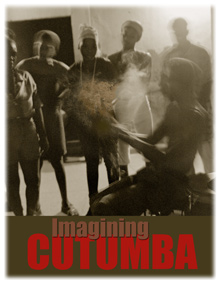
|
|
| These T-Shirts are available from Blue Flower Press | |
|
|
|
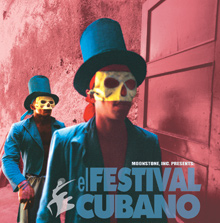
|
|
| This poster is available from Blue Flower Press | |